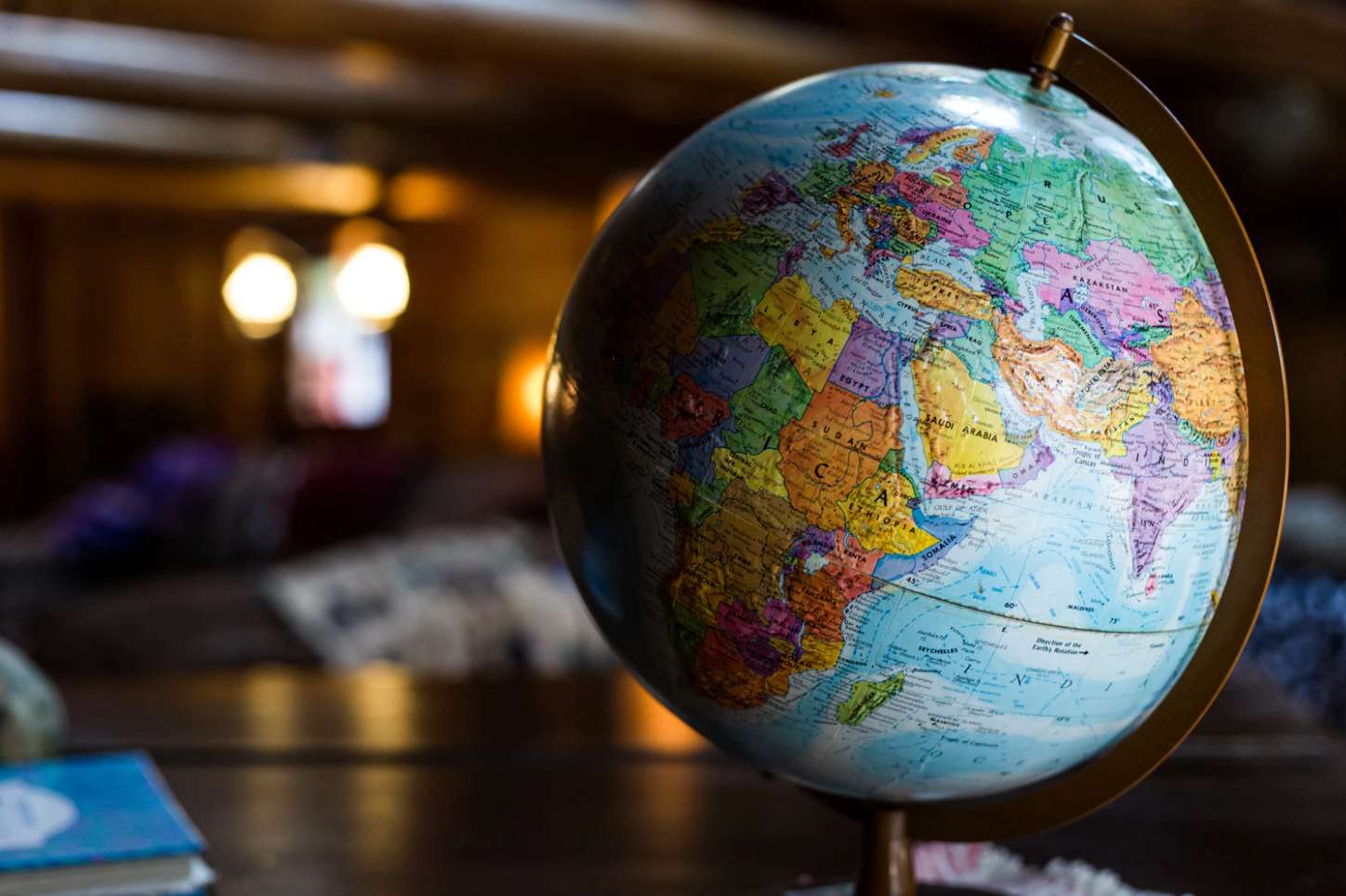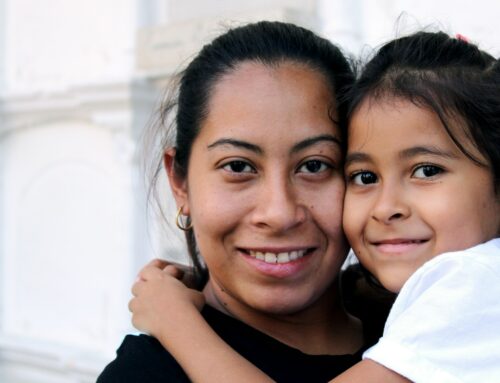As the neighbour to the south cracks down on immigration, Trudeau and his Liberal Party have been turning Canada into something of a haven for asylum-seeking refugees. Moving to Canada to escape poverty, civil unrest and political instability is a dream for many people from around the world. But turning that dream into a reality is not always easy.
New legislation passed in April 2019 has created greater obstacles for refugees passing through the United States. Controversy over the country’s open immigration policies has also been growing in recent months.
Still, Canada has some of the most progressive policies for refugees and those seeking political asylum. Immigration, Refugees and Citizenship Canada (IRCC) and the Immigration and Refugee Board of Canada (IRB) offer a variety of programs to aid and protect those individuals, within the country and abroad.
Canadian Refugee Programs
What is a refugee?
A refugee is someone who leaves their own country because it is not safe. Unlike other immigrants, they do not move to another country by choice. Instead, they are forced to leave for fear of persecution or other forms of endangerment. Often, they have undergone serious trauma and witnessed terrible tragedies. And in most cases, a refugee is not able to return home.
How does Canada protect refugees?
There are two distinct aspects to Canada’s refugee system. For people needing protection outside of Canada, the Refugee and Humanitarian Resettlement Program can help them obtain visas and get access to various forms of assistance and support. In these situations, the United Nations Refugee Agency (UNHCR) works with other private sponsors to rescue and resettle individuals. Many of these people have already spent years in refugee camps, having lost everything they once had. Before approving refugees, government agencies must carefully screen every candidate for health and security reasons.
Within the country, the In-Canada Asylum Program helps people who have had to escape dangerous circumstances in their home country. After claiming refugee status, asylum grants them legal protection and public assistance while on the path to Canadian residence. These claimants must demonstrate that they have a legitimate reason to fear for their safety if they were to return to their home country. They must also be screened for security and criminal history.
Once approved, refugees can receive various forms of aid and support to help ease the processes of settlement and integration. The government works with a host of other organizations to help people start a new life in Canada. The Resettlement Assistance Program also provides financial support to eligible clients who are not able to support themselves.
Who is eligible for refugee protection in Canada?
In order to be eligible for refugee protection, individuals must meet a certain set of criteria as outlined by the Canadian government.
- The person must not have made a previous refugee claim in Canada.
- The person cannot already have refugee status in another country which they can return to.
- The person cannot have come to Canada through a designated “safe third country”. As of April 2019, the U.S. is considered a safe third country. Therefore, individuals making refugee claims at the U.S.-Canadian border will be turned back.
- The person must not be considered inadmissible on the basis of security, serious criminality, or human rights violations.
There are a great variety circumstances in which an individual can be recognized as a refugee. Here are few examples.
- A member of a religious or ethnic group that is being persecuted by their government.
- A gay or lesbian in a country where homosexuality is prohibited and homophobia exists to a life-threatening degree.
- The child of a political prisoner who is considered a threat to the regime.
- A witness to military atrocities that the government wishes to cover up.
- An outspoken political activist in a country with little or no tolerance for free speech or dissent.
How to come to Canada as a Refugee
The Canadian government is working very hard to protect its borders from security threats. At the same time, the country is committed to providing sanctuary to refugees and those who cannot safely return to their own country without fear of persecution. The Canada Border Services Agency (CBSA) and the Royal Canadian Mounted Police (RCMP) are responsible for defending the border and determining whether a person is a threat to security.
Seeking asylum and applying for refugee status in Canada
Typically, asylum seekers will make their refugee claim with the CBSA at their point of entry, when they first arrive in Canada. In some cases people will file their claim at an IRCC office within the country. It is up to the CBSA or IRCC to determine whether the person is eligible.
Head to the Canadian Immigration website to find your nearest IRCC office and make an appointment.
You can also go online to download the refugee status application.
If the CBSA or IRCC deems a person eligible, their claim will be referred to the Immigration and Refugee Board of Canada (IRB) for a hearing. If a claim is deemed ineligible, the government will require the person to leave the country. They will also decide whether the person can safely return to the home country, or if they should go somewhere else.
What is the Immigration and Refugee Board of Canada (IRB) and what do they do?
Canada’s largest independent administrative tribunal, the IRB is responsible for making important and impartial decisions about immigration and refugee matters. When someone applies for refugee status, the IRB must decide whether that person qualifies for legal protection based on certain international treaties.
The IRB holds hearing throughout the country. Normally, the hearing takes place in the same province where the application was filed. While a claimant awaits their IRB hearing, they are eligible for various forms of social assistance. They can also apply for a temporary work permit.
If the IRB issues a positive decision, the refugee can receive the full range of federally funded settlement services. At this point, they can go ahead and apply for permanent residence.
If the IRB rejects the claim, the individual may have the right to appeal the decision. Otherwise, it is the CBSA’s responsibility to remove all foreign nationals who are considered inadmissible.
Irregular entry
In other cases, refugees may enter the country irregularly, circumventing the usual ports of entry. This can be dangerous and illegal, but many refugees find themselves acting out of desperation. The best thing to do is head straight to an IRCC office as soon as possible and file a refugee claim.
Resettling refugees from outside of Canada
These refugees, from outside the country, cannot apply directly. They must have a referral from the United Nations Refugee Agency (UNHCR) or a private sponsorship. Two different classes of refugees can qualify for a referral.
- Convention refugee abroad class: Individuals outside of their home country who cannot return for fear of persecution. These refugees can be sponsored by the Canadian government, a private organization, or a Blended Visa Office-Referred Program (BOVR).
- Country of asylum class: Individuals outside their home country who have been affected by armed conflict or denied basic human rights on an on-going basis. These refugees can get private sponsorship, but they still need a referral from the UNHRC or other organization.
If you are referred, you can check the government website for more information about applying as a Convention Refugee or a Humanitarian-Protected Person Abroad.
In this process, all refugees are screened abroad and subjected to security and medical checks before being issued a visa to enter Canada. When they arrive in the country, they already have a visa and permanent residence status.
A number of private organization sponsor refugees by pledging emotional and financial support. The Canadian Immigration website has more information on how to become a refugee sponsor.
Further Reading
To learn more about Canadian immigration policies and procedures, be sure to have a look at some of our other articles about immigration and relocation.
- Fives steps to Canadian immigration and relocation
- Canadian immigration programs
- Moving to Canada with a family
- Where to live when moving to Canada
PHOTO CREDIT: Kyle Glenn (Unsplash)







Leave A Comment